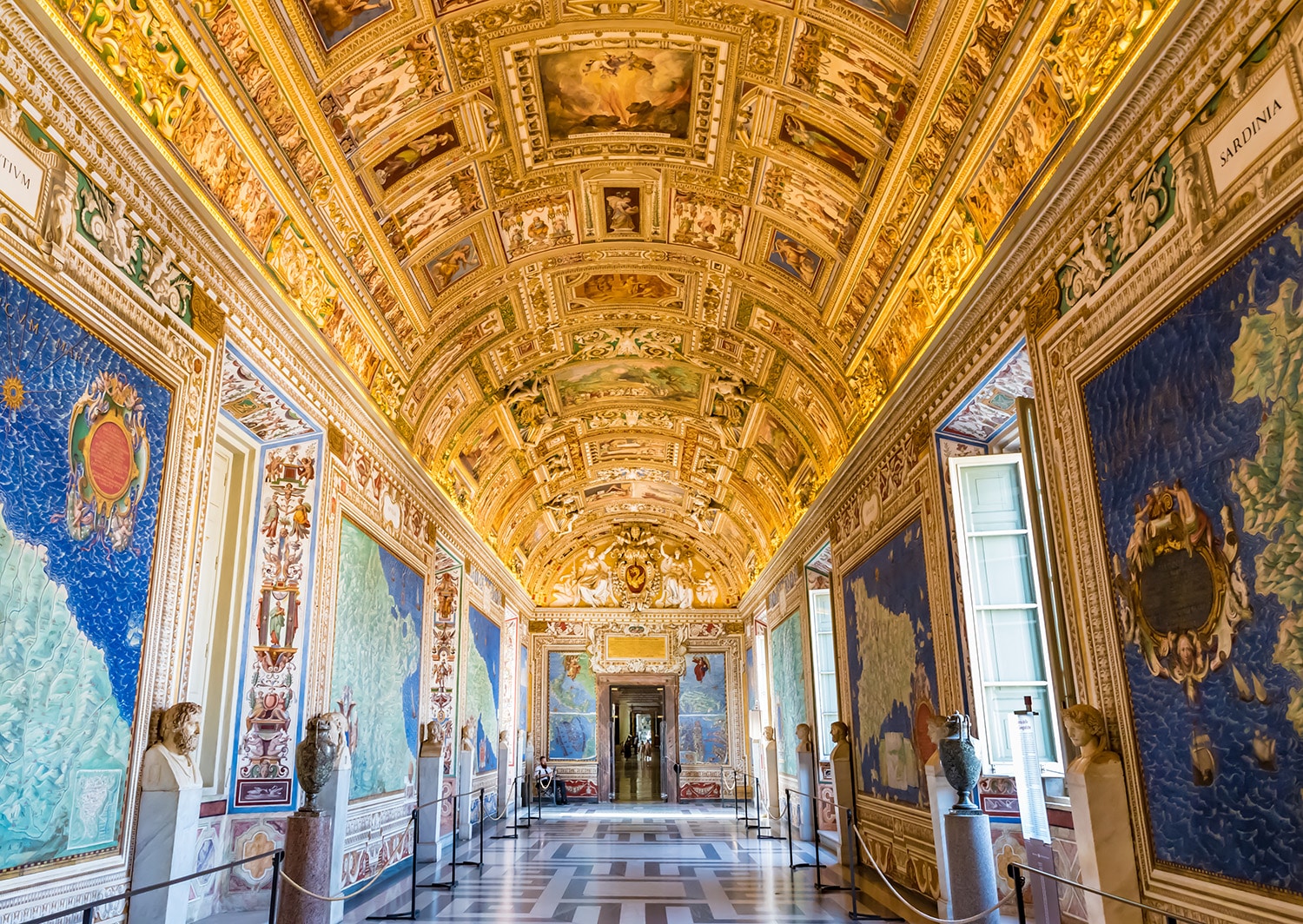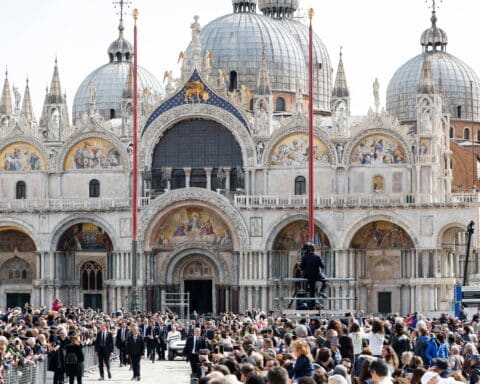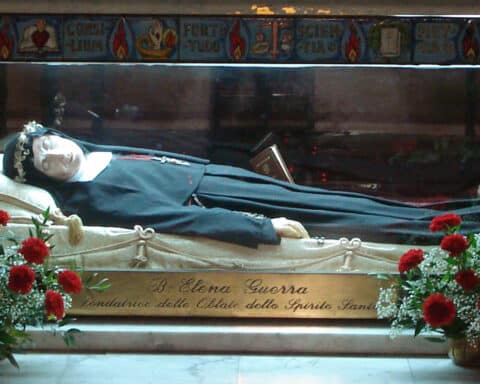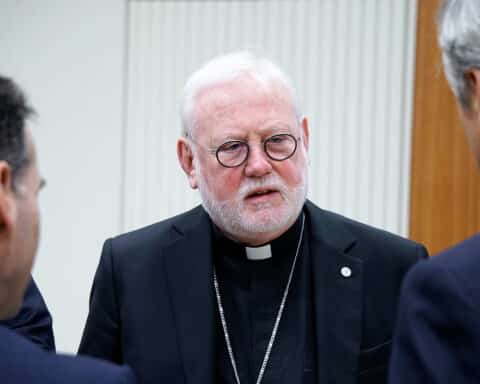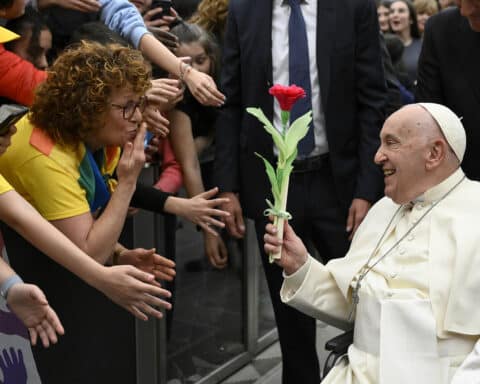Question: My sister asked me recently why the Vatican holds on to its wealth of artistic masterpieces such as paintings, statues, precious gems, etc., and doesn’t sell many of these items and, in turn, give that money to the poor and suffering in the world. I would very much appreciate hearing your response to this question.
— Mary Krist, via email
Answer: This question is commonly asked by critics of the Church, as well. The question takes one principle, for example, helping the poor, and absolutizes the value of that work over and against other principles, such as preserving a patrimony of art that is available to all and for all. In a certain sense, we might ask every art museum why it doesn’t close its doors, sell its art and give the money to the poor. The answer is that there is a value in making the arts available to all for their viewing and edification, including the poor. The same is true with the Vatican Museums. To sell such art would place it in private collections, which may or may not permit the public to see it. Further, it would also have significant effects on the licensing of that art for others to see by way of reproductions or photographs. Thus, art and beauty would be seen on a more limited basis and reside only with those who can afford to own it and may or may not preserve it well for the future. And, of course, the demand might then be raised that those rich should sell the art and give the money to the poor, and so the cycle continues.
Financially, the sale of Vatican art treasures might raise a significant amount of money, at least at first. But there would surely be diminishing returns as art floods the market with only a small number of people who can afford to buy these nearly priceless things. But let’s say that tens of billions of dollars can be raised. While that sounds like a lot of money, it is but a drop or two in the ocean of need. Meanwhile, the social cost of removing this art from public access is high and hardly considered by those who see such art only as frozen money.
Finally, there is the biblical answer. Judas (and others) made a similar objection to the anointing of Jesus with precious and aromatic nard by a woman, likely Mary Magdalene or Mary of Bethany. The cry went up: “Why this waste? It could have been sold for much, and the money given to the poor” (Mt 26:8-9). Jesus’ reaction to the objectors surprises some: “Why do you make trouble for the woman? She has done a good thing for me. The poor you will always have with you; but you will not always have me. In pouring this perfumed oil upon my body, she did it to prepare me for burial” (Mt 26:10-12). Jesus teaches that the poor will always need care, but there are also other needs and duties we must respect, as well. It is an important duty we have to give God glory and lead others to know him, his Word and his beauty. Art is one way this is done, in conjunction with architecture and the sacred liturgy. Over the centuries, beautiful art and churches have given God glory and summoned many to faith. This is part of the duty of the Church, and also a sacred patrimony to be preserved for future generations. St. Teresa of Calcutta was once asked why the Church builds expensive churches and other structures when the poor have need. She replied that the poor love beautiful churches too.

